Fire doors save lives. They’re designed to stop the spread of fire and smoke for a specified amount of time. This serves three main functions:
- To protect escape routes so people can evacuate safely
- To protect the building and its contents (an insurance requirement)
- To allow firefighters to extinguish the fire as safely as possible.
What is the difference between a fire door and a fire exit?
What most people call ‘fire exits’ are ‘final exit doors’. These are found on external walls and allow people to escape the building to a safe place outside. Final exit doors may or may not be fire-resistant doors. Most ‘fire doors’ are internal and are specially designed and installed to resist fire.
Fire exit signs are needed throughout a building so people can easily find their way out of a building in an emergency.
External fire exits can remain open and must be easy to open (preferably in the direction of traffic, i.e. push to exit) so that people can easily vacate a building in an emergency. Fire exits should be clearly marked with a sign above the door.
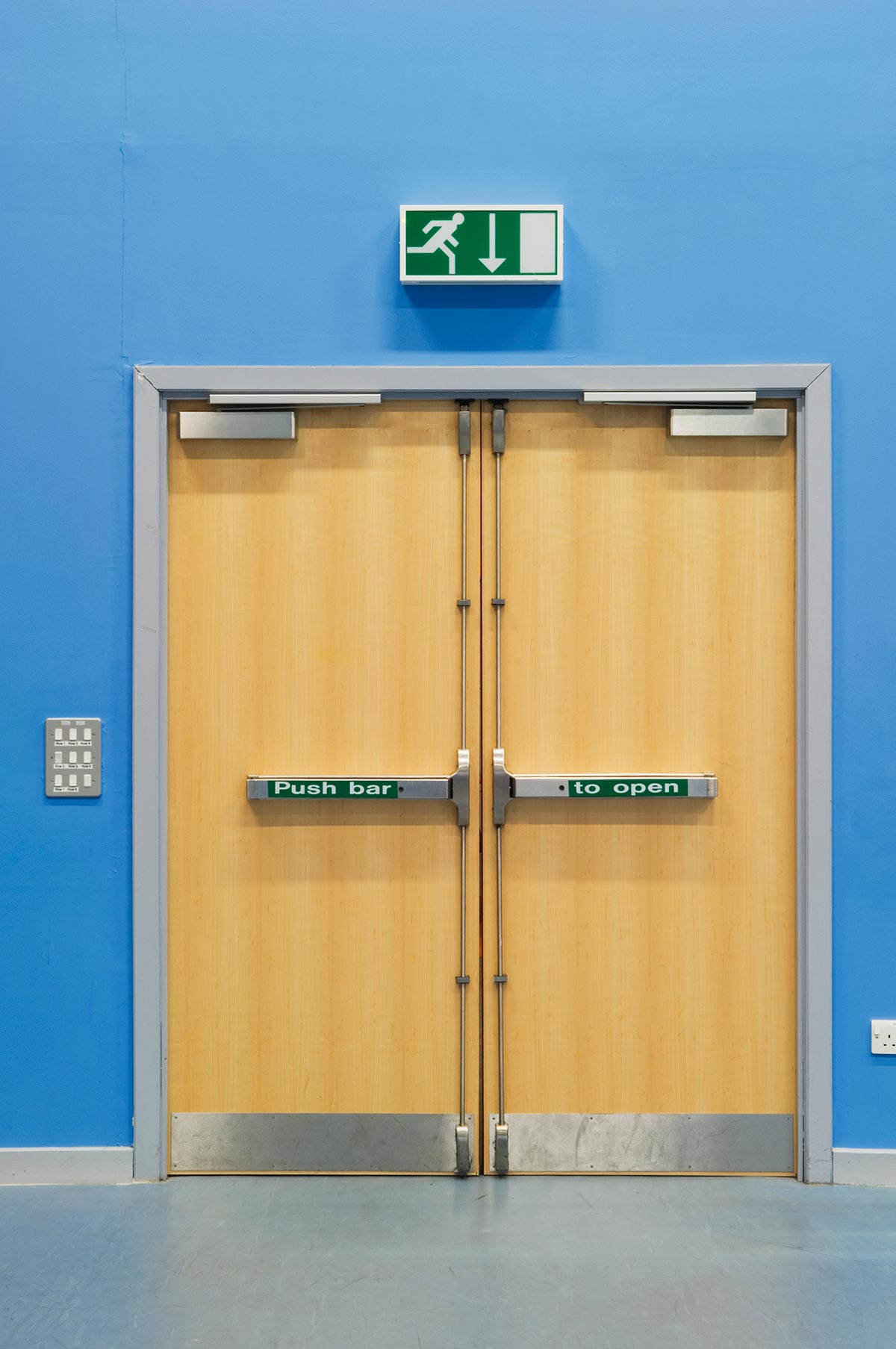
Fire doors need to be closed to prevent the spread of fire and smoke. Wedging or propping them open is dangerous. They can be held open with devices such as door retainers but these must automatically release the door to close if the fire alarm sounds.
Fire doors are often required to have signage fixed to one or both sides. Depending on the door, the signs will carry one of three messages – ‘Fire door keep shut’, ‘Fire door keep locked shut’ or ‘Automatic fire door keep clear’. Some doors, including flat entrance doors, are not required to have signage.
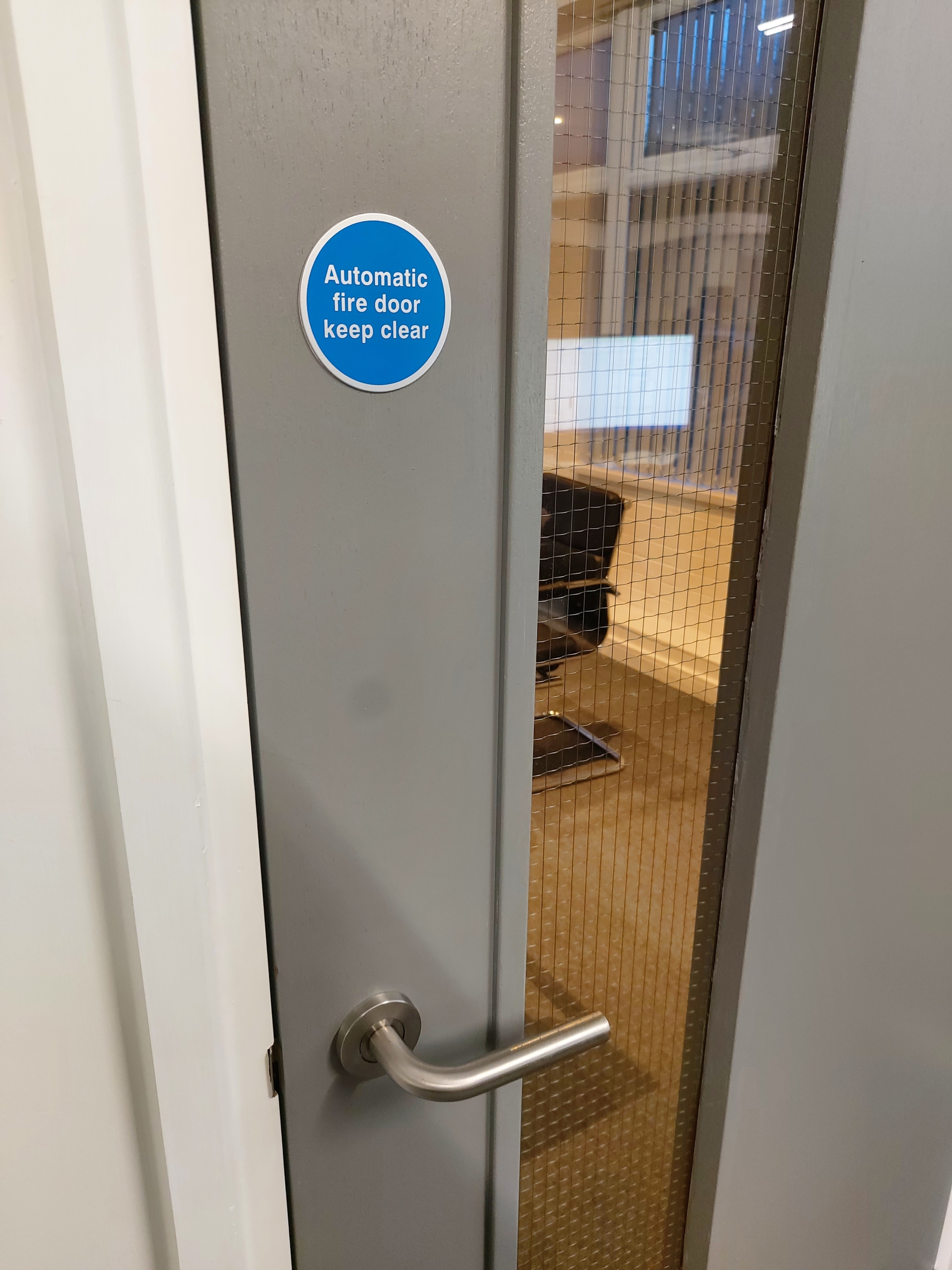
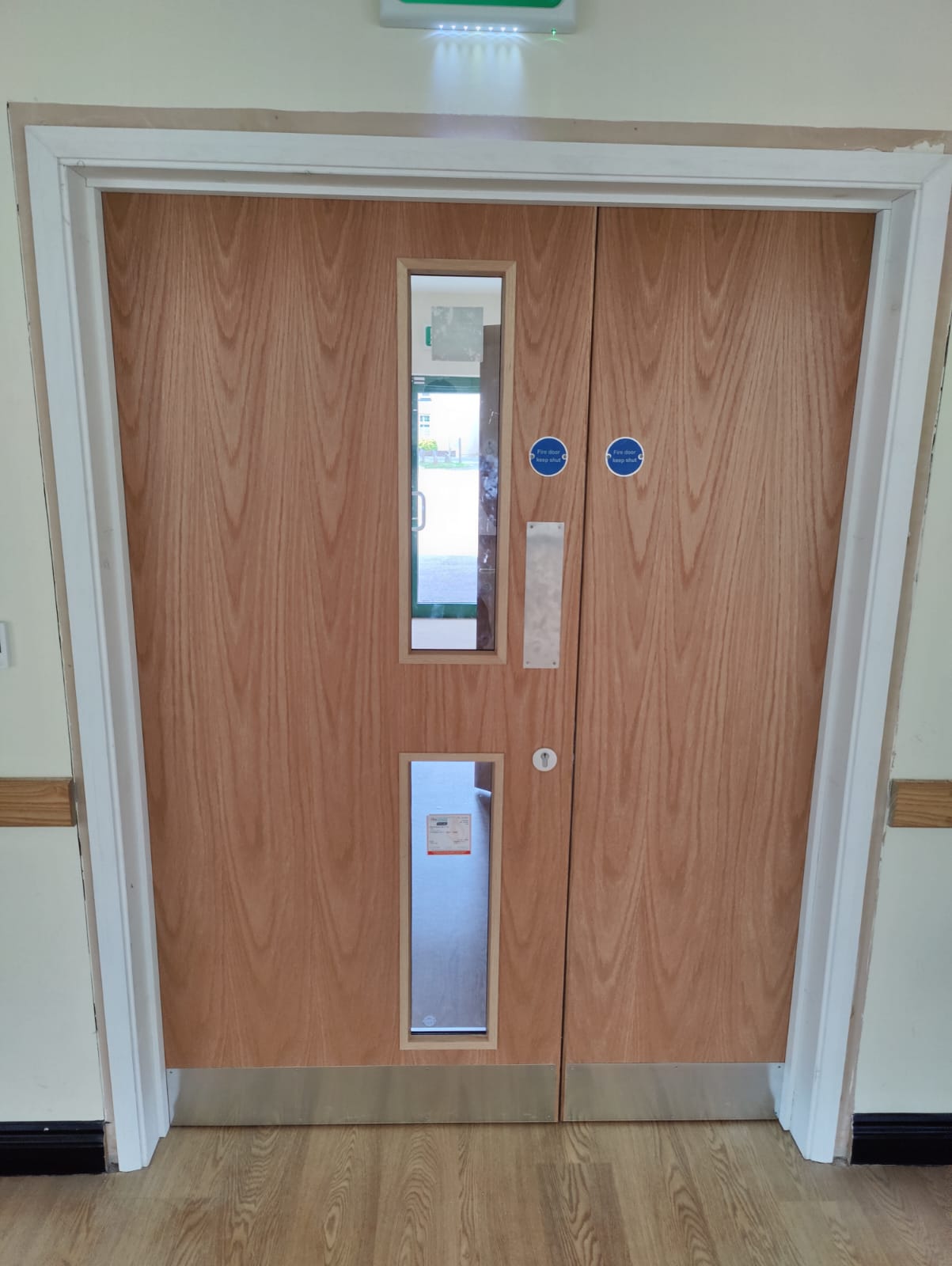
Where do we need fire doors?
In non-domestic buildings, there must be a protected escape route. Fire doors are therefore required if they lead to corridors or staircases, for example.
They’re also needed to compartmentalise a fire, i.e. to stop it spreading from one part of the building to another. This means they’re used in high-risk areas such as kitchens, storage areas with combustible materials and boiler rooms.
New build or renovated domestic properties with three storeys or more must have fire doors to every habitable room off the stairwell.
How are fire doors different to other doors?
- Fire doors are designed to prevent the spread of smoke and fire.
- They can be made from a variety of materials. They are much heavier than normal internal doors and also usually at least 10mm thicker. This means that they can be more difficult to pull and push open.
- Fire doors usually need to be fitted with a door closer so they shut automatically.
- They need a seal around the edges which swells when heated to block any gaps.
- If they’re fitted with glazing, it needs to be fire-resistant.
- All ironmongery on the door needs to be fire-resistant as well.
For how long do fire doors need to resist fire?
The most commonly installed fire door is FD30 which is designed to resist fire for a minimum of 30 minutes. Sometimes an FD60 is required, which resists fire for a minimum of 60 minutes. Fire doors are also available with 90, 120 and 240 minutes’ fire resistance depending on the requirements of the building.
It’s important to note that fire doors are certified against a furnace test using a time-temperature curve. How long they will actually resist a real fire depends on a large number of factors, including the orientation of the fire to the door, what is burning and the energy release rate, etc. They may fail sooner in a real fire, but on the other hand, may not fail at all. This means that even if you are standing behind an FD60, it does not necessarily mean you can wait for an hour with the fire on the other side of the door in safety.
The decision on which fire-resistance rating is required for the fire doors in a building will be based on a wide range of factors, including applicable legislation and guidance and also on the fire strategy for the building.
Check your doors
As with all life-saving products such as fire extinguishers or smoke alarms, fire doors need to be checked regularly to make sure they are fit for purpose. Any slight change to the door can affect its performance. Checks should be carried out every six months, or more often if it is a high-traffic area.
If you want to check whether your fire doors are compliant, you can book a fire door inspection with us.

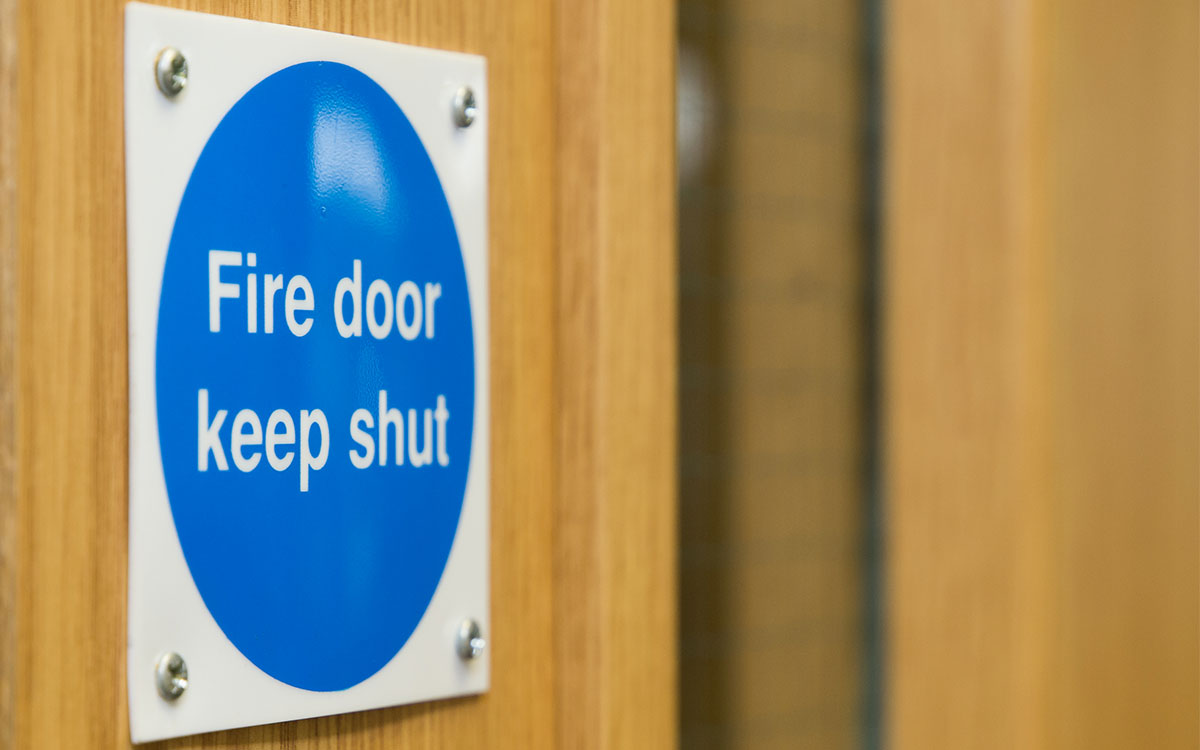
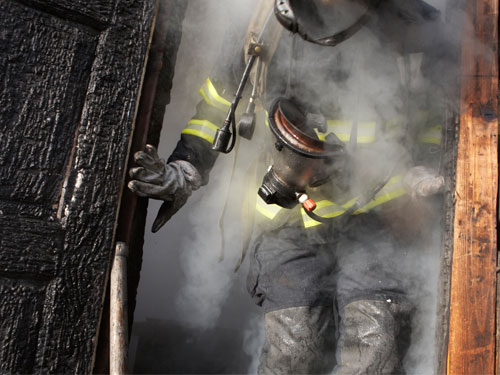




nic infromation.
Very interesting, Good job and thanks for sharing such a good information.